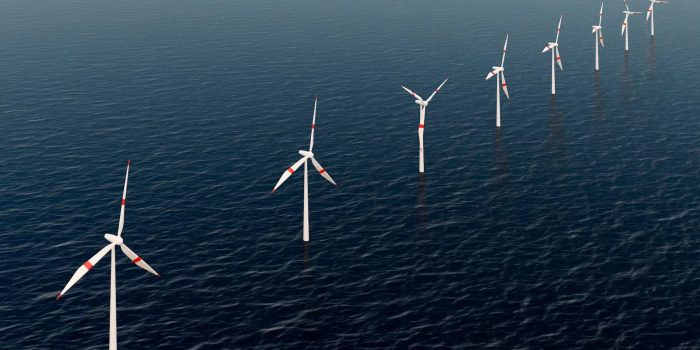The opening of the Hywind Tampen floating offshore wind farm represents a groundbreaking leap in the global pursuit of clean, renewable energy. This colossal project, located about 87 miles off the Norwegian coast, was officially inaugurated by Crown Prince Haakon of Norway. It consists of 11 massive wind turbines, with a combined capacity of 88 megawatts. This contributes significantly to Norway’s ambitious goal of producing 30,000 megawatts of offshore wind power by 2040.
What sets Hywind Tampen apart is its innovative design. The turbines are anchored to the seabed through floating platforms, allowing them to be positioned in deeper waters with stronger winds, maximizing their energy capture potential.
One of the distinctive aspects of this project is that the clean electricity generated by these turbines will predominantly power oil and gas facilities in the North Sea, covering 35% of their annual energy needs. While this may seem counterintuitive, it serves as a bridge between conventional energy sources and cleaner alternatives, as recognized by Norway’s Prime Minister, Jonas Gahr Støre.
“The world will continue to need gas and oil in this transitional phase,” he said, per Reuters. “This is not a cut-off from one day to the other. So we have to minimize the footprint.”

Siri Kindem, who heads Equinor’s renewable energy division in Norway, envisions a long-term impact for projects like Hywind Tampen. She emphasizes using the knowledge and infrastructure from the existing energy sector to drive the growth of renewable energy and create a new industry.
Hywind Tampen isn’t Equinor’s first venture into floating wind farms. In 2017, they introduced Hywind Scotland, a pioneering offshore wind project off the Scottish coast, generating 30 megawatts of sustainable power and setting performance records among UK offshore wind farms.

The environmental impact of Hywind Tampen is significant. According to Reuters, it’s expected to reduce Norway’s carbon dioxide emissions by approximately 0.4%, preventing around 220,000 tons of CO2 from being released annually. This reduction is a substantial step in addressing climate change and mitigating the environmental consequences of traditional energy production.


